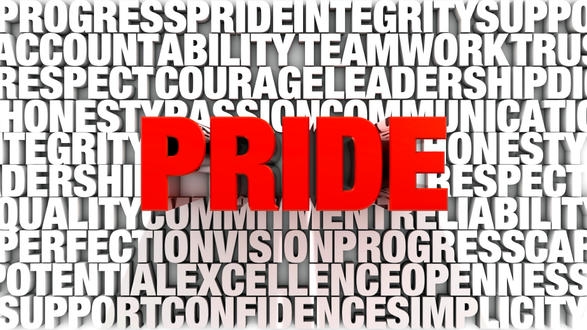
A
selection of highlighted blog posts from Lean bloggers from the month of July,
2014. You can also view the previous
monthly Lean Roundups here.
5
Words That Have a Totally Different Meaning to Practitioners of Lean
Manufacturing – Pete Abilla shares some common words that have a different
meaning to us Lean Thinkers.
Keepin'
'em in the Loop – Bill Waddell shares a story that highlights the
importance of communication and sharing information with employees.
Where is the
Frontline? – Bruce Hamilton shares a personal story that reminds us of all
those employees that can be missed on the frontline when you just look at the
shop.
Don't
Confuse Posters With Action – Dan Markovitz says if you want to improve
then you need more than pictures, you must lead by example.
Making
Learning Habit – Gregg Stocker discusses the importance of learning and how
to make it a habit for life.
CEO's
journey with Lean- How to get everyone on board? – Tracey Richardson answers
the question about how to get everyone on board with a Lean transformation.
Put Your
Strategy on a Diet – Pascal Dennis talks about the importance of focusing
on the vital few versus trying to do everything without success.
A CEO might be a good at lean but poor
at leading change – Jeffery Liker says if a leader is having trouble with
Lean conversion they may be the problem with leading the change.
Motivating
Leaders to Embrace Lean – Bob Emiliani discusses the challenged with
getting leaders to embrace Lean and how to strengthen intrinsic motivation.
Leadership
– John Smith explains the elements of leadership found in influencing people
like purpose, direction, and motivation.
Do Lean with people rather than to
people – David Meier says you can do Lean to people you must do it with
them.
Coaching – John Shook
discusses coaching to develop individual and organizational capability.
3
Operations Habits of Highly Successful Manufacturing Companies – Brian
Wilkins describes 3 traits of successful companies with real examples from
manufacturing companies.
Look
Inward for Root Causes – Bill Waddell shares a story that illustrates the
struggle between shipments (revenue) and quality and where this mentality comes
from.
11
Common Continuous Improvement Mistakes You Are Probably Making – Jeff Hajek
describes 11 common mistakes people make in continuous improvement
implementation.
Effort
Without the Right Knowledge and Strategy is Often Wasted – John Hunter
shares a Deming quote that explains managements role is to ensure that people
right knowledge and tools and head in the right direction.
Picking on
the Pick Chart – Mark Graban explains that Lean is a means to move ideas
from kill column to the can implement column.
Thinking
Required – Not Just a Recipe to Follow – John Hunter says management needs
to learn to think, experiment, think, improve, think, etc.
Doing Lean
Versus Becoming Lean – Jim Luckman defines Lean by describing the difference
between fake Lean and real Lean.
Standardization
is a Countermeasure, Never the Goal – Mark Graban explains why problem
solving is more important than haphazardly implementing standard work.










